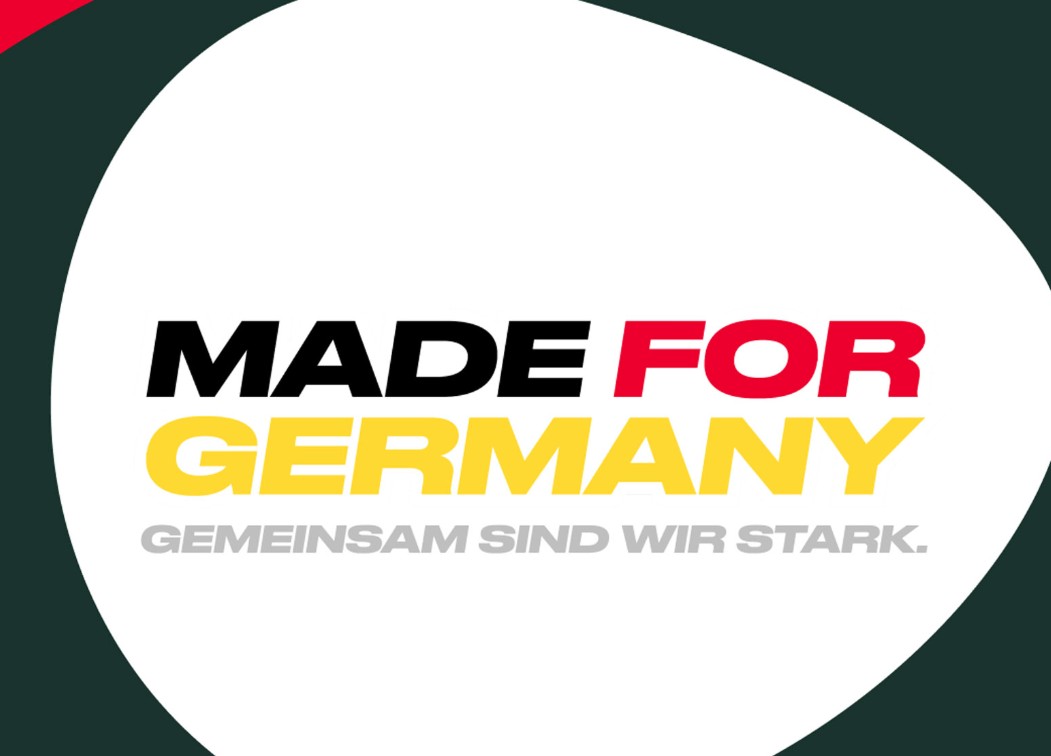Made for Germany: Reshaping Mobility and Manufacturing

The “Made for Germany” initiative signals a new chapter in the country’s pursuit of industrial resilience, sustainability, and digital transformation. Amid growing geopolitical uncertainty, supply chain disruptions, and increasing climate imperatives, this program aims to redefine Germany’s competitive edge—rooted in engineering, now reimagined for a net-zero and digital-first economy.
What is “Made for Germany”?
Unlike the historic Made in Germany label—focused on exports and craftsmanship—Made for Germany targets domestic revitalization. It’s about making products, platforms, and infrastructure specifically designed to serve German society, economy, and ecological priorities.
The initiative is spearheaded by government-industry collaborations and includes targeted funding, regulatory reforms, and a new push for homegrown innovation in:
- Electric mobility
- Semiconductor manufacturing
- Green hydrogen
- AI and digital public services
- Circular economy technologies
Key Objectives
1. Secure Supply Chains
Germany aims to onshore critical production—especially in batteries, chips, and pharmaceutical components—after COVID-era shortages exposed heavy dependencies on Asia and the U.S.
2. Sustainable Manufacturing
Made for Germany promotes carbon-neutral factories via:
- Renewable energy mandates
- Electrification of transport fleets
- Energy-efficient retrofitting of industrial plants
3. Digital Infrastructure for All
From expanding broadband access in rural regions to creating secure public digital identities, the initiative sees digital inclusion as foundational to national resilience.
4. Skilling the Workforce
A key challenge: transitioning Germany’s traditional labor base. Initiatives are underway to upskill workers in:
- Embedded software for EVs
- Automation and robotics
- Climate tech innovation
- Cybersecurity and data ethics
Made for Germany vs. Global Peers
| Feature | Germany’s Approach | Global Benchmarks |
|---|---|---|
| Focus Industry | Manufacturing + Clean Tech | U.S. (AI & SaaS), China (EVs, Chips) |
| Policy Style | Coalition-led, social-market model | Centralized (CN), Free-market (US) |
| Incentive Mechanism | Green subsidies + digital credits | IRA (US), Dual Circulation (CN) |
| Workforce Strategy | Vocational + STEM reform | Tech bootcamps (US), Youth employment (CN) |
| Climate-Industrial Mix | Circular economy + Green Industry | Carbon pricing (EU), Mandates (CN) |
Impact So Far
€20B committed to semiconductor fabs (e.g., Intel Magdeburg)
Green energy permits accelerated for wind and solar projects
Record uptick in EV fleet adoption in regional municipalities
Launch of Gaia-X and European cloud sovereignty frameworks
Growing startup ecosystem in Berlin, Munich, and Hamburg
Challenges Ahead
- Bureaucratic inertia: Permits and regulatory compliance still slow down rollout.
- Investment bottlenecks: Risk aversion in SMEs hinders fast adoption.
- Workforce gaps: Aging population and STEM shortages threaten scalability.
- Global competition: Foreign EVs, AI platforms, and cloud vendors remain dominant.
Conclusion: Built for Resilience
Made for Germany is not just branding—it’s a strategic pivot. In a world of shocks and shifts, Germany is betting on home-ground capabilities, climate-smart growth, and inclusive digital transformation. The transition won’t be seamless, but with its engineering tradition and policy evolution, Germany is setting a blueprint—not just for recovery, but for resilient reinvention.
“We must not just make in Germany. We must now make for Germany.”
— Bundesministerium für Wirtschaft und Klimaschutz